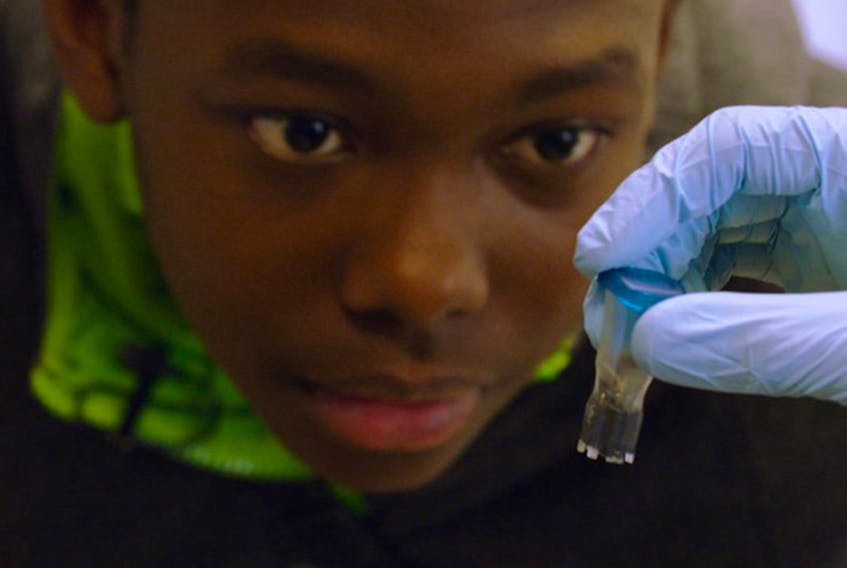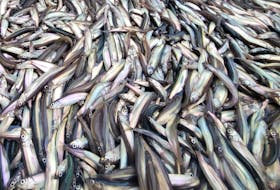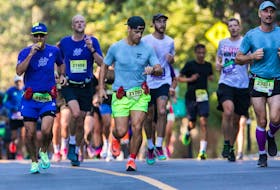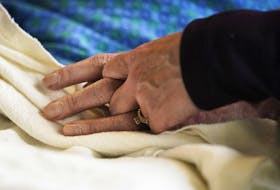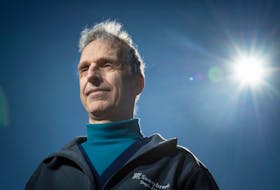The modern bio-engineering revolution started with yogurt. About a dozen years ago, scientists at bio-food company Danisco were researching why some bacteria in food gain resistance to viruses. It turned out to be something called CRISPR, short for “clustered, regularly interspaced short palindromic repeats,” in the bacteria’s DNA.
This in turn led to a landmark 2012 scientific paper that concluded: “We propose an alternative methodology based on RNA-programmed Cas9 (the CRISPR protein) that could offer considerable potential for gene-targeting and genome-editing applications.” The genie had left the bottle.
Director Adam Bolt’s documentary Human Nature – not to be confused with Michel Gondry’s 2001 goofball comedy of the same name – explains all this and more in a succinct, eye-opening 94 minutes. It’s a smart, sensible discussion, comparable to if someone had made a primer on atom-splitting science in 1934, long before the world realized the promise of nuclear energy, the fear of nuclear war or the dream of controlled fusion.
The film opens and closes with remarks made by biologist Robert Sinsheimer in 1966, discussing the coming age of human genetic modification, “awesome in its prospect for deliverance or equally for disaster.” In between we learn the science of gene editing, and unpack the ethics.
What if you could alter your DNA so you felt no pain? It would be a godsend to cancer patients, whose treatments can cause agony. But it would also be a devil’s bargain for soldiers. The argument against Nazi-style eugenics is made, opposite parents who just want their children to be born healthy. The film doesn’t preach, but there is probably a third way, somewhere between the Third Reich and a third-degree ban on research.
Late in the film we meet George Church, whose unruly beard suggests his theories on reverse ageing, woolly mammoth cloning and bio-engineering humans for Mars, even before he opens his mouth. He is debated by a clip of Jeff Goldblum from Jurassic Park . But this is the closest Human Nature comes to sensationalism. It’s one of the clearest, most level-headed docs I’ve seen this year, though that doesn’t blunt its fascination factor one bit.
Curious about the pace of the CRISPR revolution in news coverage, I plugged the easy-to-search term into the Informart database. The first use it found was Dec. 20, 2008. The second was a year later, and the third nine months after that. But this year the number of mentions was pushing toward 1,500. The latest, I learned, had been five hours ago.
Copyright Postmedia Network Inc., 2019

